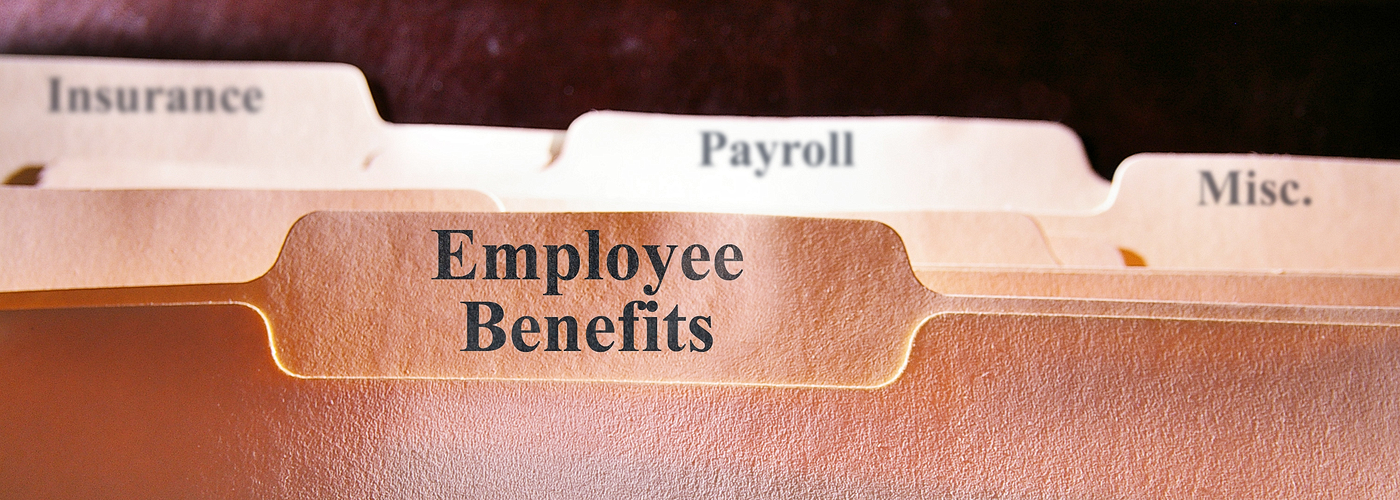
As the cost of healthcare continues to skyrocket, the employer sponsored insurance plan has turned into another way for insurance companies and employers to pass along a big chunk of that increase on to the 56% of Americans who have health insurance through their workplace — and yet another reason why it's more important than ever to check the prices of your medications with RefillWise. While many of us have seen copays for doctors visits and prescriptions increase, there are several other methods being used by employers and insurance companies to help pass along the cost to employees.
Remember that 50 slide power point presentation that HR gave during open enrollment? Not to worry, you aren’t alone. There are several important factors that make up your health plan, but for our purposes, premium and deductible are the two that matter most.
Your premium is the money that gets taken out of your paycheck along with your taxes, social security, and 401k if you have one. Your company actually pays 2 or 3 times that amount for you as well, and all of that combined money goes to the health insurance plan selected by your company.
One way that insurance companies first responded to rising costs was to of course raise the prices for premiums. Makes perfect sense, right? If they have to pay doctors, hospitals, and pharmacies more, they’ll just charge people more for access to the services. The problem, however, was that premiums simply became too high to afford. Between 1999 and 2005, workplace health insurance premiums averaged an increase of 11% every year. Since then, premium costs have slowed somewhat, but are still increasing at a rate of 5% a year.
2015 average monthly premiums
| Single Policy | Family Policy | |
|---|---|---|
| Employee Pays | $90 a month | $413 a month |
| Company Pays | $543 a month | $1,462 a month |
As a result of these increasing premiums, more and more employers are beginning to push High Deductible Health Plans, also known as catastrophic plans. A deductible is the amount of money you have to spend out of your own pocket before your insurance kicks in. Some plans still cover a basic checkup at the doctor, but nearly everything else from prescriptions, x-rays, specialist visits, and especially emergency care is 100% your responsibility until you meet that deductible. On the surface, a high deductible plan seems like a good fit for someone young and healthy. It comes with a much cheaper premium which saves the employee and the employer money, and it saves the insurance company money by greatly reducing their costs. The problem, however, is that these plans carry a lot of risk in case an employee ever actually needs medical care or especially if they need any prescriptions. Regularly prescribed medications that commonly cost only a $10 or $20 copay can cost $50 or $100 or even more with a High Deductible Health Plan.
Many employees with such plans are not aware of this negative consequence until the first time they go to a pharmacy to fill a prescription. RefillWise is a great idea for anyone with a high deductible plan who needs a prescribed medication. You can sign up and use it at any time to save money on your prescriptions instead of paying what is essentially the full cash price even though you have insurance. As premiums continue to rise each year and healthcare coverage continues to shrink, it’s more important than ever to be proactive. Take RefillWise to the pharmacy and make sure you’re not paying too much.



 Back to blog home
Back to blog home